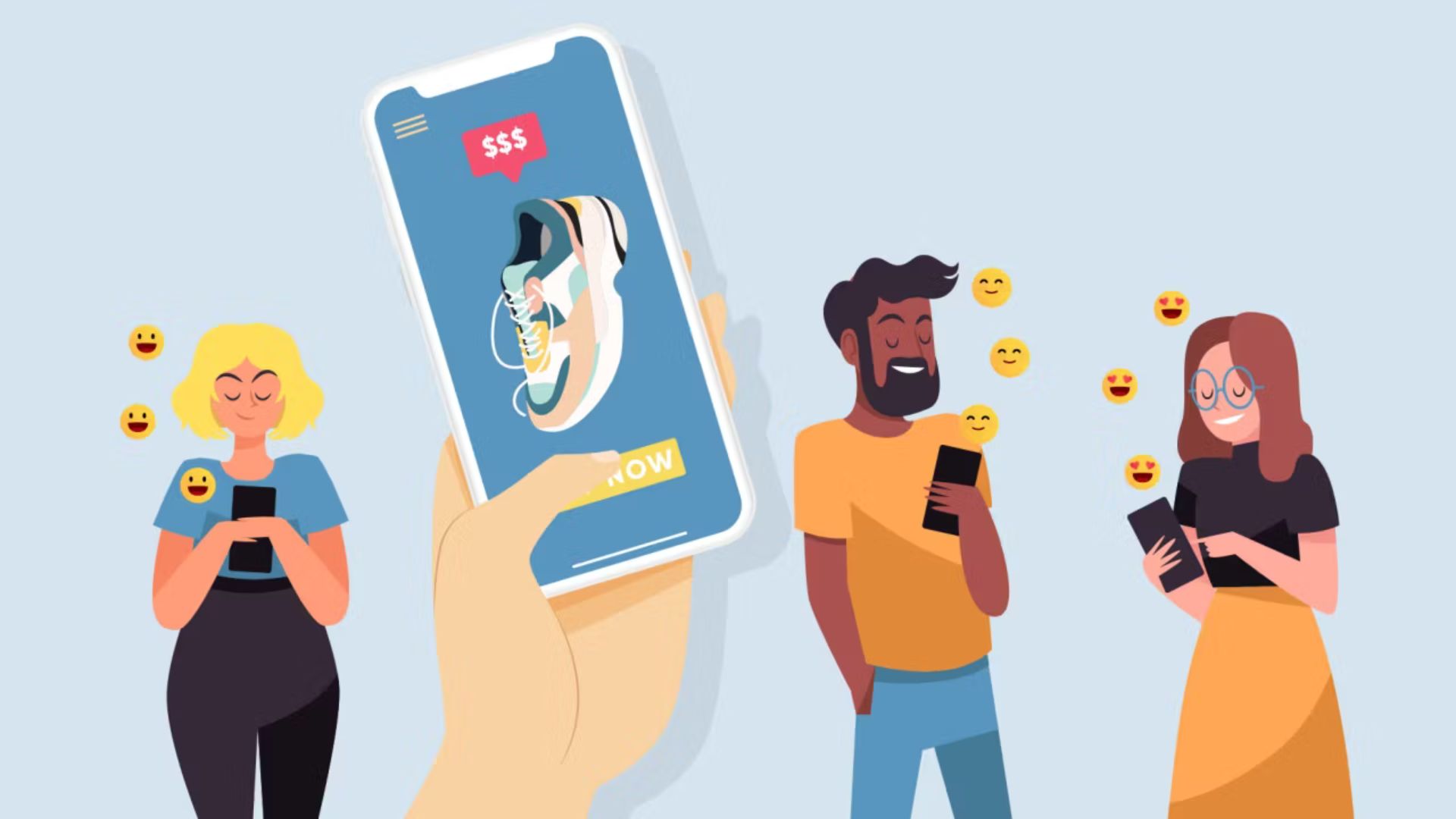Tips for Mobile-Friendly Design Layouts
Designing for mobile devices is crucial in today’s digital world. With more people accessing websites from their phones, having a mobile-friendly design is essential for providing a good user experience. Here are some key tips for creating mobile-friendly design layouts.

1. Prioritize Mobile-First Design
Start designing with mobile devices in mind before scaling up to larger screens. This approach ensures that your site is optimized for smaller screens from the start.
- Why It’s Important: Mobile-first design prioritizes the most critical content and features for small screens, making it easier to scale up to larger devices.
- Best For: Ensuring a solid foundation for mobile users, improving overall site responsiveness.
2. Use Responsive Design Techniques
Responsive design adjusts your website’s layout based on the screen size. It ensures your site looks good on any device, from smartphones to tablets and desktops.
- Why It’s Important: Responsive design provides a consistent user experience across all devices by automatically adjusting elements like images and text.
- Best For: Maintaining usability and visual appeal on different screen sizes.
3. Optimize Load Times
Fast load times are crucial for mobile users who may be on slower connections. Optimize your site to load quickly and efficiently on mobile devices.
- Why It’s Important: Slow load times can frustrate users and lead to higher bounce rates. Optimizing performance improves user satisfaction and search engine rankings.
- Best For: Enhancing user experience and reducing page abandonment.
4. Simplify Navigation
Mobile screens have limited space, so keep navigation simple and intuitive. Use a clean and straightforward menu to help users find what they need quickly.
- Why It’s Important: Simplified navigation helps users access content easily and prevents them from feeling overwhelmed by too many options.
- Best For: Improving usability and making it easier for users to find key information.
5. Make Buttons and Links Clickable
Ensure that buttons and links are large enough to be easily tapped with a finger. Avoid placing clickable elements too close together.
- Why It’s Important: Small or closely spaced buttons can be difficult to tap accurately on mobile devices, leading to user frustration.
- Best For: Enhancing usability and reducing accidental clicks.
6. Optimize Images and Media
Use appropriately sized images and media that load quickly on mobile devices. Implement lazy loading to improve performance.
- Why It’s Important: Large images can slow down load times and consume more data. Optimizing media ensures a faster, smoother experience.
- Best For: Improving page load speed and reducing data usage.
7. Utilize Scalable Typography
Choose fonts and text sizes that scale well on different screen sizes. Ensure text remains legible without requiring zooming.
- Why It’s Important: Scalable typography maintains readability and accessibility on various devices.
- Best For: Ensuring content is easy to read and navigate on all screen sizes.
8. Implement Touch-Friendly Design
Design elements should be touch-friendly, with enough space between interactive components to avoid accidental touches.
- Why It’s Important: Touch-friendly design enhances user interaction and reduces frustration from misclicks.
- Best For: Improving user experience and navigation on touch screens.
9. Avoid Flash and Heavy Animations
Flash and heavy animations can be problematic on mobile devices due to compatibility and performance issues. Opt for lightweight, mobile-friendly alternatives.
- Why It’s Important: Flash is not supported on many mobile devices, and heavy animations can slow down performance. Use modern, supported technologies for smoother experiences.
- Best For: Ensuring compatibility and performance across devices.
10. Test Across Multiple Devices
Regularly test your site on various mobile devices and screen sizes to ensure compatibility and performance. Use testing tools and real devices to check usability.
- Why It’s Important: Testing helps identify and fix issues that may affect user experience on different devices and screen sizes.
- Best For: Ensuring consistent performance and visual appeal across all mobile devices.
Conclusion
Creating mobile-friendly design layouts involves focusing on user experience, performance, and accessibility. By prioritizing mobile-first design, using responsive techniques, and optimizing for load times, you can ensure your website looks and works well on any device. Simplify navigation, make interactive elements touch-friendly, and regularly test across devices to provide the best possible experience for mobile users. These practices will help you create a website that is both functional and appealing on all screens.



